Centers and Street Corners
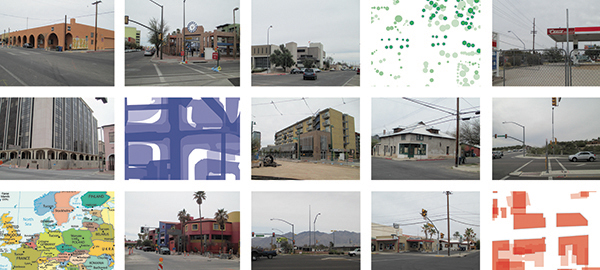
by Kimi Eisele
The famous writer and urbanist Jane Jacobs named four indispensable conditions for generating “exuberant diversity” in a downtown area. One of them was that “streets and opportunities to turn corners must be frequent.”
In other words, hail to the street corner!
So where does that leave us?
Waiting for a walk signal on Speedway and Campbell? Maneuvering around construction barricades at Broadway and Stone?
Try 5th Ave. and Congress St., where a three-week art exhibit about centers and street corners is about to intersect with new downtown businesses.
The junction is the idea of downtown developer Scott Stiteler and Worker, Inc., the one-man artist collective also known as Bill Mackey.
This spring, eight new businesses—including restaurants, a butcher, and a co-work space—will open along 5th and Congress in properties owned by Stiteler. To celebrate, Stiteler wanted to create an event “where people could come in from the community and talk about the intersection.”
Familiar with Worker, Inc.’s previous work, Stiteler commissioned the “exhibit event.”
“I basically gave Bill [Mackey] a blank canvas,” Stiteler said.
“He wanted a party,” Mackey said. “I thought, this is a good challenge. He knew it wouldn’t just be a ‘rah- rah’ thing for him, but that I would show many sides of the story.”
As Worker, Inc., Mackey has mounted a number of interactive, mixed-media exhibits in vacant storefronts exploring such themes as downtown master planning, urban transportation, and interaction between strangers within downtown. He often uses humor to pose evocative questions about land use, consumption, and urban planning policy.
“Worker Transit Authority,” a 2011 Worker, Inc. exhibit, displayed mock planning projects created by a mock planning authority and shared the findings of community survey which asked the public “How do you move through the city?”
“Centers and Street Corners,” examines the role of street corners in Tucson and beyond.
Those familiar with Mackey’s previous work will recognize the exhibit format. Mixed media, photographs, maps, map overlays, and historical ephemera are used to explore how street corners have generated and continue to generate opportunities (or don’t) for human interaction.
Photographs of other Tucson street corners will give viewers the opportunity to compare and contrast. And much like a street corner itself, the exhibit will invite interaction from viewers.
Instead of just looking at maps, Mackey said, “People will get to pin where they think the center of a place is. They’ll get to talk about and write on the wall. They’ll be asked to think about the memorable and famous street corners they’ve known.”
Through his research, Mackey found that one of ways that street corners and urban centers are deemed “successful” is if they include shopping.
“There’s something about economics and that makes these places successful in the eyes of the developer and the commercial people and the city,” Mackey said. “But is that what downtown needs to be successful? A place to shop? Is that all we’re nostalgic for?”
Mackey hopes visitors will pen their own responses to those questions and others using Sharpie markers that will hang from white walls in the storefront.
“I’m interested to know what people of this community want in a street corner. Do they want a place for diverse encounters? Is that important?”
Meanwhile, the exhibit itself may signify a new kind of crossroads for downtown art and the artist.
“This is the most beautiful thing that’s happened in my life,” said Mackey, whose previous work was all funded with public money, the University of Arizona, or Mackey’s own pocketbook. “All of the sudden a businessman calls me up and says I want to do an exhibition? It’s a dream.”
Stiteler said he has a “soft spot” for pop-up arts activities. “You can’t have a good urban scene if you don’t have the arts woven into the experience,” he said.
What: Centers and Street Corners
Where: 5th and Congress, 245 E. Congress, Suite 171 (next to Sparkroot)
When: April 13, April 20, April 27, 6pm-9pm
Cost: Free


 If you’ve been daydreaming about spending more time in the open air exploring our city – and less time trapped in your car – each April a group of people is giving you every possible incentive to take over the streets and celebrate public space. Living Streets Alliance fills the month of April with Bike Fest, bookended this year with Cyclovia, two all-day festivals of car-free streets downtown on April 7th, and midtown on April 28th.
If you’ve been daydreaming about spending more time in the open air exploring our city – and less time trapped in your car – each April a group of people is giving you every possible incentive to take over the streets and celebrate public space. Living Streets Alliance fills the month of April with Bike Fest, bookended this year with Cyclovia, two all-day festivals of car-free streets downtown on April 7th, and midtown on April 28th. Tucson is full of surprises.
Tucson is full of surprises.
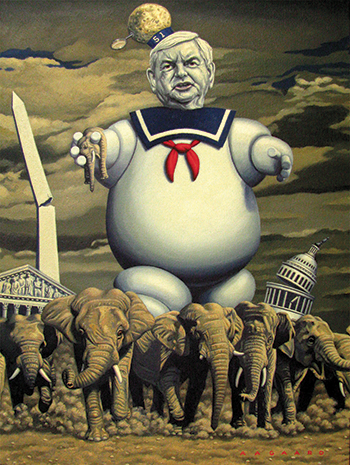 Sundry Styles Showing at Contreras
Sundry Styles Showing at Contreras
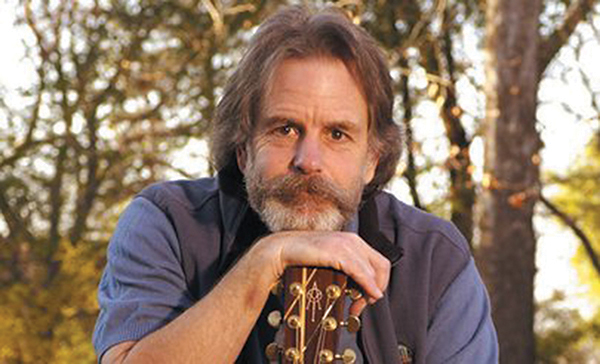
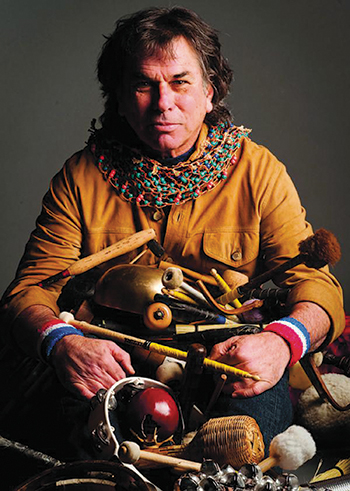
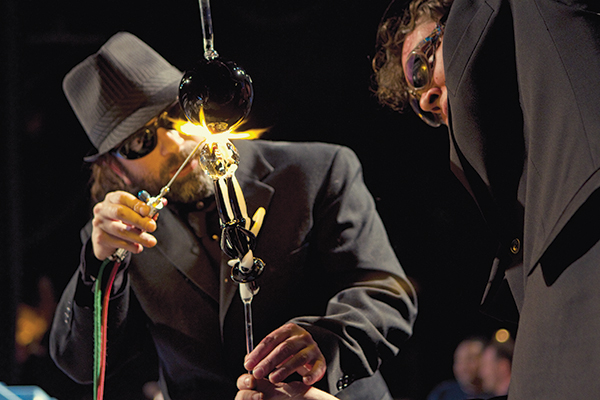

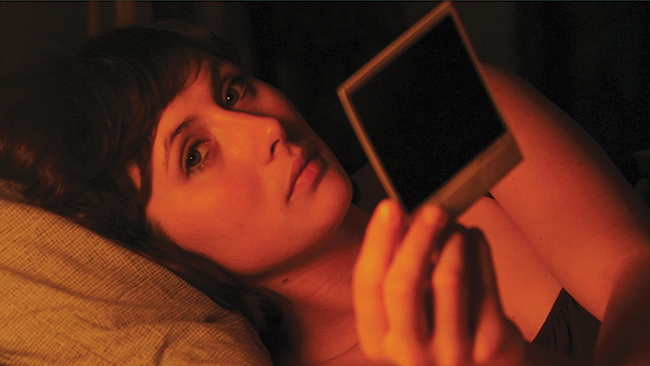




Also find us on...